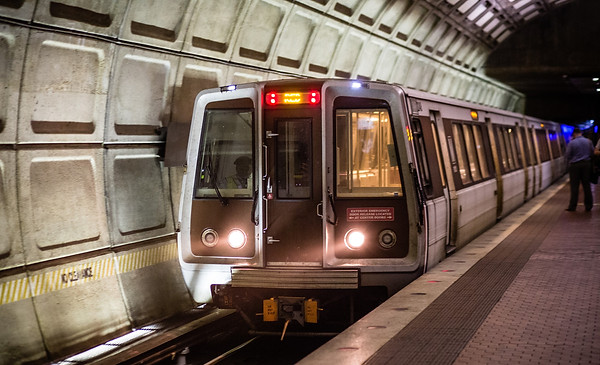
My Reporting
My Reporting
My Reporting
Do not use if
a person of color
alone in public
disabled
mislabeled
in parking garage / other dark space
of low income
plus size
queer
near beer
trans &/or other gender expression
suffer from mental illness - ie depression
showing skin
Using under above conditions could result in
serious sometimes fatal conditions such as
derogatory descriptions
heightened lack of legitimacy
heightened lack of representation
heightened lack of opportunity
generalized harassment
irregular levels of oppression
increased risk of abuse
persecution - may result in execution
use - as object, as story, as statistic > its sadistic
Usage instructions
take twice daily
or as needed - If you pleaded
with supervision
choking hazard
Phone Use in the Metro, a Possible Safety Concern

By August Barham
March 1, 2020
Many Washington Metro passengers feel comfortable engaging with their phones, therefore disengaging with their surroundings, but crime trends show that this comfort might be wishful thinking.
“I am usually alone when I ride the Metro, so it [my phone] is something to do,” said Kaye Hseu, while waiting for the Metrorail to reach the Shady Grove station.
Metro riders tend to feel comfortable using their phones because they trust that the Metro is generally safe.
“In general, I feel comfortable on the Metro,” Hseu said. “The staff is always there, and it’s usually pretty quiet.”
However, crime trends suggest the Metro is not as safe as some customers assume.
According to the Metro Transit Police Five-Year Crime Report, in 2019, the number of general crimes committed across Metro services increased for the first time since 2015. The year’s crime statistics surpassed that of 2017 and 2018, rising from 1,288 to 1,360.
Phone use puts riders at a higher risk for theft-related crimes.
“People are so engrossed as to what is going on in their screen, they are completely unaware of what is happening around them,” said Ron Pavlick, Chief of Metro Transit Police, during a press conference on device theft in the Metro.
Most crimes committed across Metro services are theft-related, according to general Metro Transit Police Crime Reports. Theft snatching, in particular, preys on phone users.
“The thief approaches the victim, sometimes subtly, snatches the device, and runs off with it,” said Pavlick.
The Transit Police reported 328 cases of snatching or pick-pocketing in Metro services throughout 2019.
“Every day, an average of two high-value electronic devices are snatched out of the hands of Metro riders,” according to the Metro Transit Police website.
Some riders are aware of these risks yet remain unconcerned.
“I heard about that [theft snatching], but it has never happened to me, so I am not worried,” Hseu said.
Emily Collins, a regular Metrorail passenger, has witnessed a knife fight in an Orange line station but trusts that other stations are safe.
“I feel safe on the Red line,” Collins said. “Not so much on parts of the Orange or Silver line.”
But, Collins still listens to her favorite podcasts while she waits for the train, on any line.
Sociological behavior could explain why passengers use their phones despite knowing the risks.
“It is simply people behaving like everyone else in a situation,” said Gloria Young, American University Professor of Sociology. “That is pretty much what people do in public places, like a ‘positive’ version of ‘peer pressure.’”
While smartphones are the current form of distraction among Metro passengers, distracting entertainment does not seem to be a new phenomenon.
“Reading the phone strikes me as similar to reading daily Express papers,” said Michael Bader, American University Associate Professor of Sociology, “which used to be distributed at Metro stations before the widespread adoption of smartphones.”
However, unlike Express papers, phones are high-value items.
“You wouldn’t go around flaunting $400 cash in your hand, and that’s essentially what you are doing with an iPhone,” Pavlick said.
Transit Police say the best way for riders to assure they and their phones are safe is to keep the device out of sight, but they want riders who still use their phones to do so safely. The Metro Website has tips on how riders can best protect themselves when using their phone on Metro services.
“I am asking riders to pay attention and to get their head out of their phone,” Pavlick said.